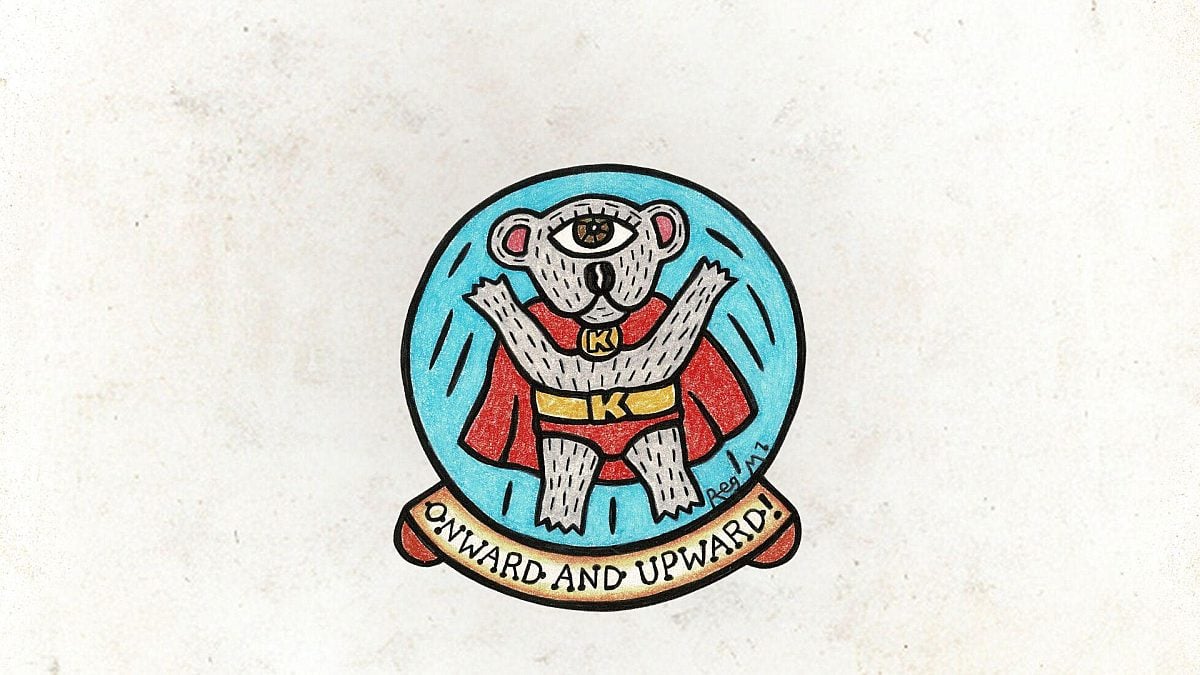
Wilderness Journal #030
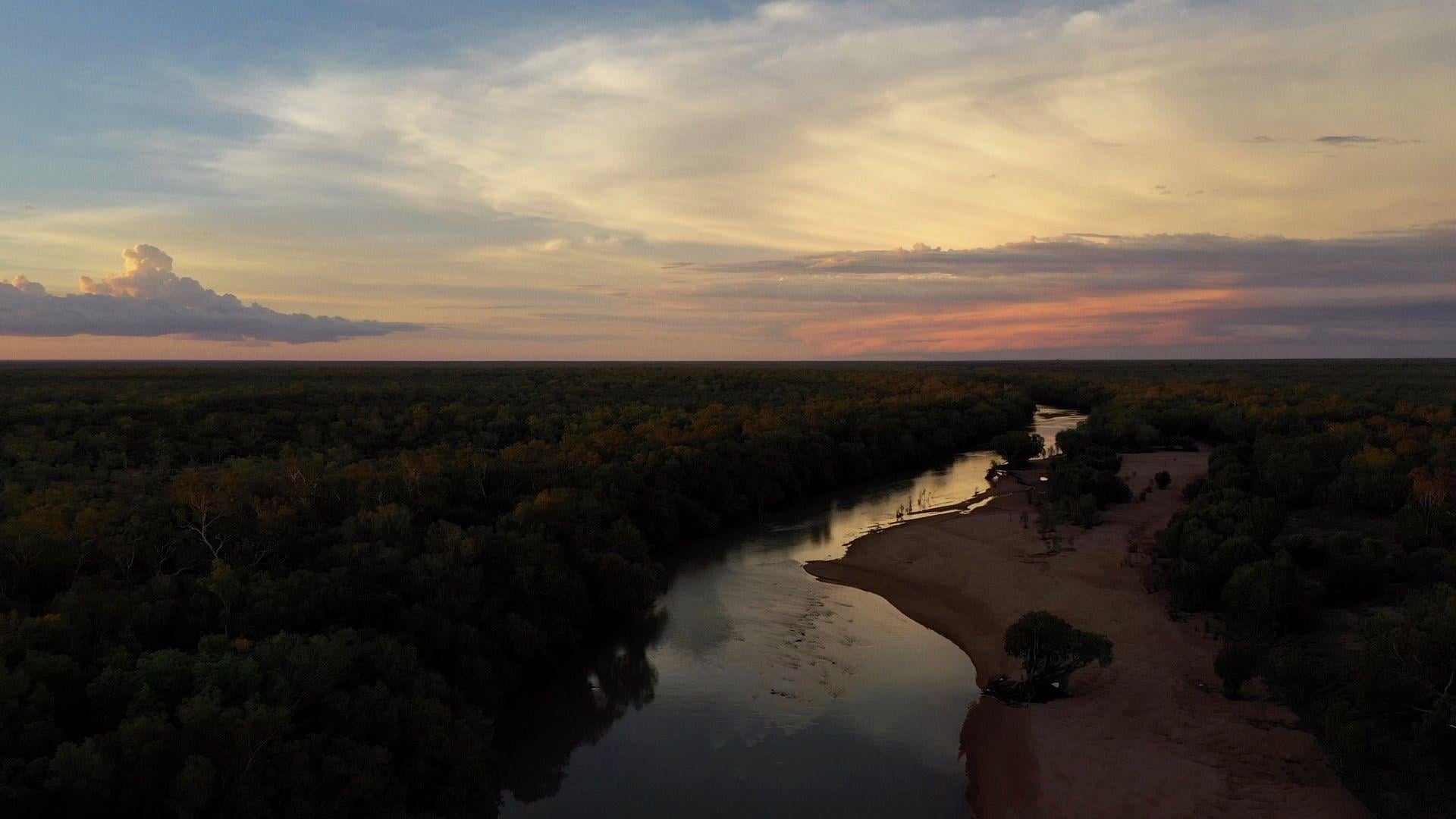
Photograph of lower Martuwarra by Mark Coles Smith
Chair of the Martuwarra Fitzroy River Council, Dr Anne Poelina, introduces this special issue of Wilderness Journal and the new work to restore and protect her ancestral home, Martuwarra.
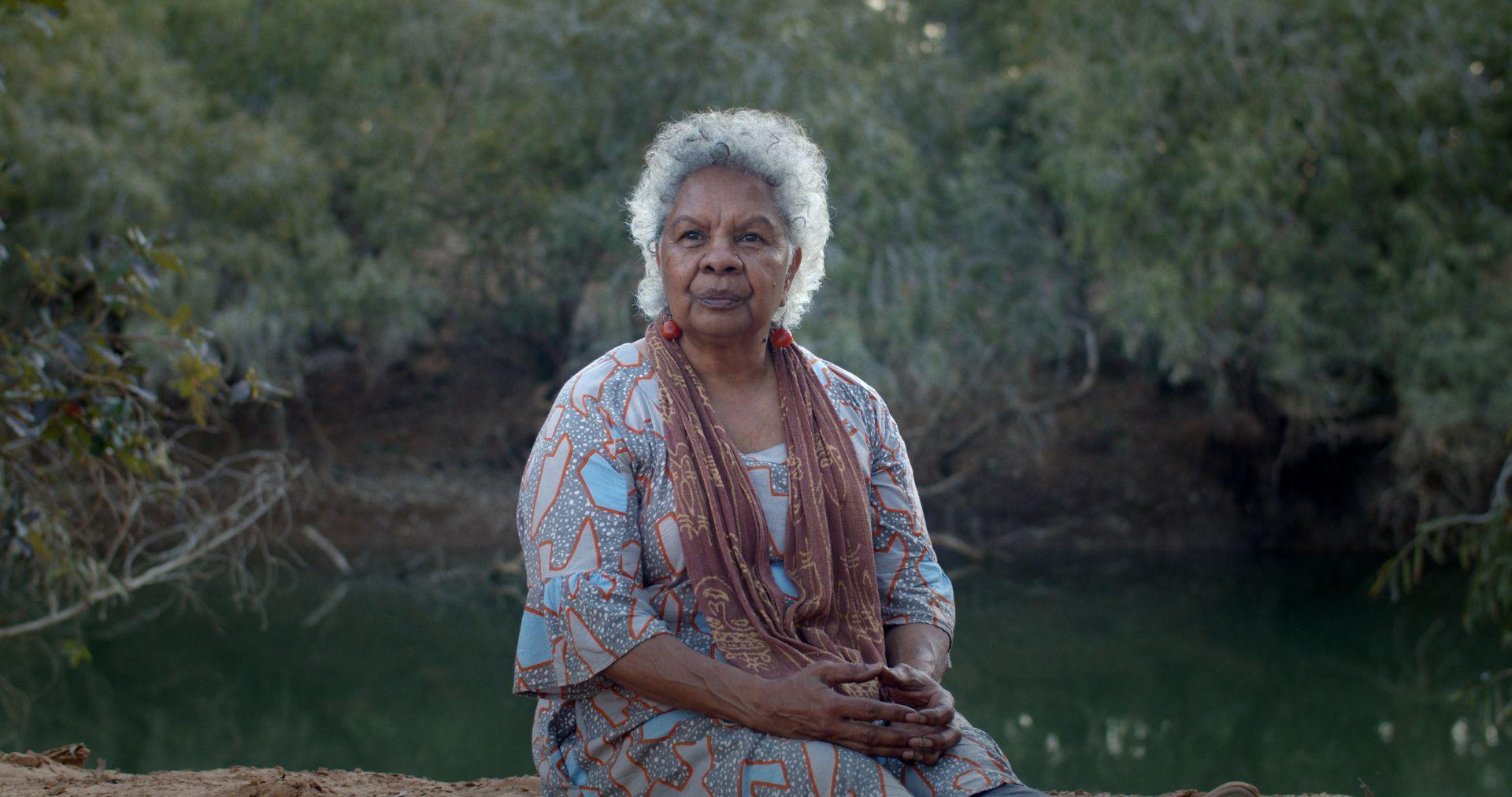
"This edition of Wilderness Journal comes to you from this beautiful River Country. In it we share with you how we are healing Country by being on Country with Country. We are sharing our new work about the Martuwarra River Keepers, a bottom-up, community-led, community-designed initiative. We have 12 River Keepers from Pandanus Park Community who are building a skilled workforce around two-way science: the Indigenous science that they bring to the table, as well as being able to work with Western scientists from multiple disciplines.
"So this is a great project. It's been supported very strongly by our inaugural partners, the Wilderness Society. They've been with us from the very, very beginning.
"The work takes us into the regeneration of Country, putting back and restoring carbon. Healing country; listening to Country; feeling Country.
"Healing country; listening to Country; feeling Country."
Dr Anne Poelina
Martuwarra carves a 700km path through the West Kimberley, along deep sandstone gorges, savannah woodland and open floodplains. The River has sustained nature and First Nations people for countless millennia. For the Martuwarra Fitzroy River Council, representing Traditional Custodians from Bunuba, Gooniyandi, Nyikina, Wangkatjunka and Walmajarri groups, Martuwarra is a living, ancestral being.
The Martuwarra River Keepers program is a First Nations-led initiative developed by the Martuwarra Fitzroy River Council with the support of the Wilderness Society. It is helping to bring traditional knowledge back to Country to protect and regenerate the natural and cultural values of Martuwarra.
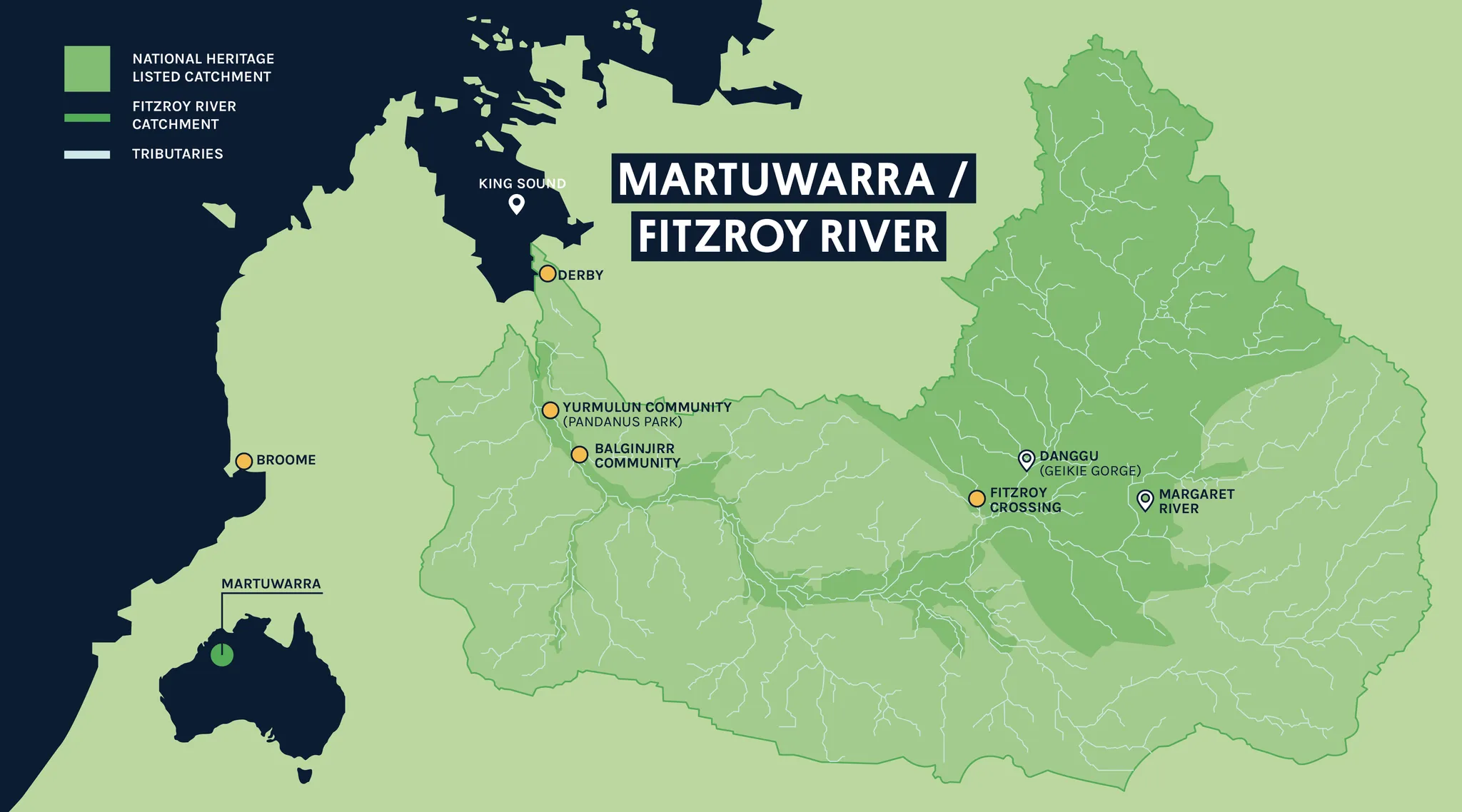
"The Martuwarra River Keepers is, at its core, a transformative workforce development program," says Dr Anne Poelina. "Our elders developed the program, which is built on a foundation of Indigenous science, conservation and the wellbeing economy. This is crucial work, not only for preserving the culture of the River and its natural beauty, but also for the communities in the region who will benefit greatly from the creation of a sustainable conservation economy.”
“As a mother, I think it’s good to be out on Country, to live and work on Country. It gives my kids an understanding of what we grew up with, what we grew up knowing, and not only that but from our ancestors.
"The land that they walk on, the food that they eat, the knowledge that they passed down. I just want to make the most if it with my children, so they know the root. Their background, not just the land, but the story of the Country.”
“I’m a Martuwarra man. I feel really proud for that. Proud for my family, they left it for me to look after the River. And for my other people to look after it too, generation after generation can carry it on, from all the grandchildren.”
"We protect our River, and look after it. Like our ancestors before us. They protected the River. They were living in the River. We'd like to do the same. Other people can come, they can see how this River run, and then get more experience and a clear understanding what the River means to Indigenous people.
"I'm just looking forward protecting the River and being recognised as a blackfella living in the river. Sharing knowledge to non-Indigenous people as well, you know, so that can really feel the River and the knowledge of what our father would teach us."
“Getting out, making everybody motivated to come out to Country, do stuff for the Country, with people from the Country, it’s good. It great to have a lot of projects, have people investing here, help out the community, just so we can keep preserving this place for younger generations, for my children.”
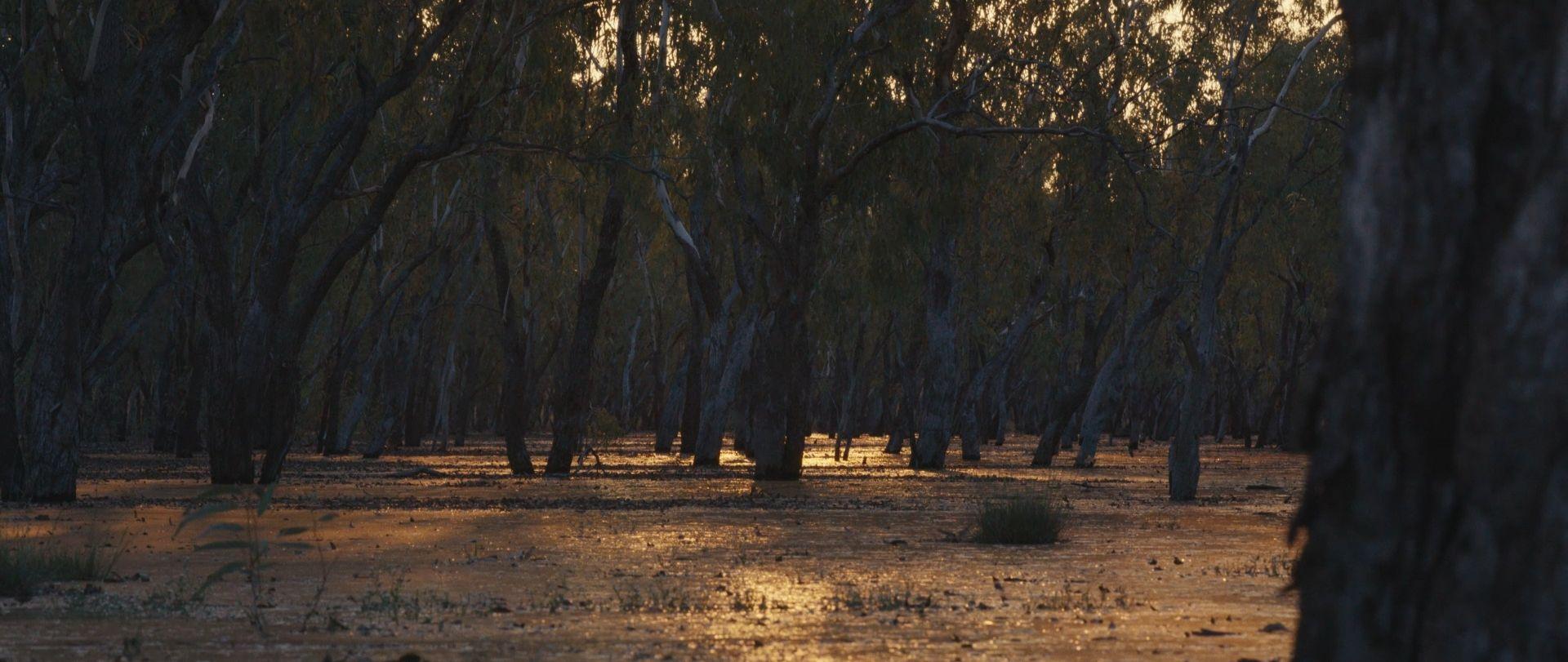
Filmmaker Marlikka Perdrisat’s short film Babanil, shares her intergenerational connection to Country in the lower catchment. Featuring interviews with Dr. Anne Poelina and Keepers Patricia Riley and Lloyd Kwilla.
Stills from Babanil by Marlikka Perdrisat
Babanil was filmed between Balkinjirr and Pandanus Park communities, the roam that the Martuwarra River Keepers are working with, to regenerate. “Once you walk, and that peace, you know? And you feel connected. It's easy on Country, once you walk because all the knowledge and all the things, it's in the country itself.”—Lloyd Kwilla, Martuwarra River Keeper
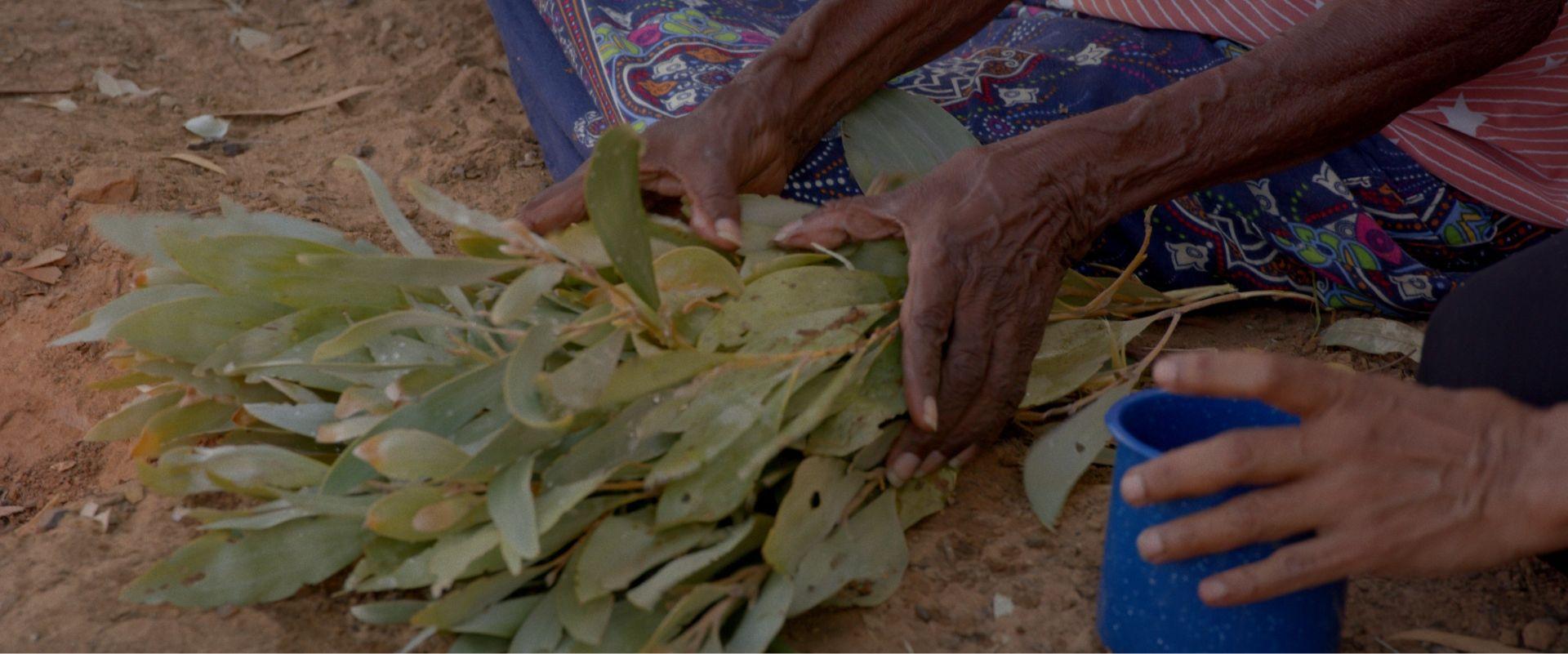
As the film progresses one feels the intention to slow down and observe. Discussions of Country centre the film, including a conversation with Dr. Poelina, who explains the intergenerational relationship her family has with this land, and why she chose to invest in her children’s relationship with Country.
“Country is alive and it's a great teacher and we wanted our children to connect with the Country, with the landscape, so we had amazing time. We lived on country, we listened to Country, we learned from Country, we built new memories on Country.”—Dr. Anne Poelina, Chair of Martuwarra Fitzroy River Council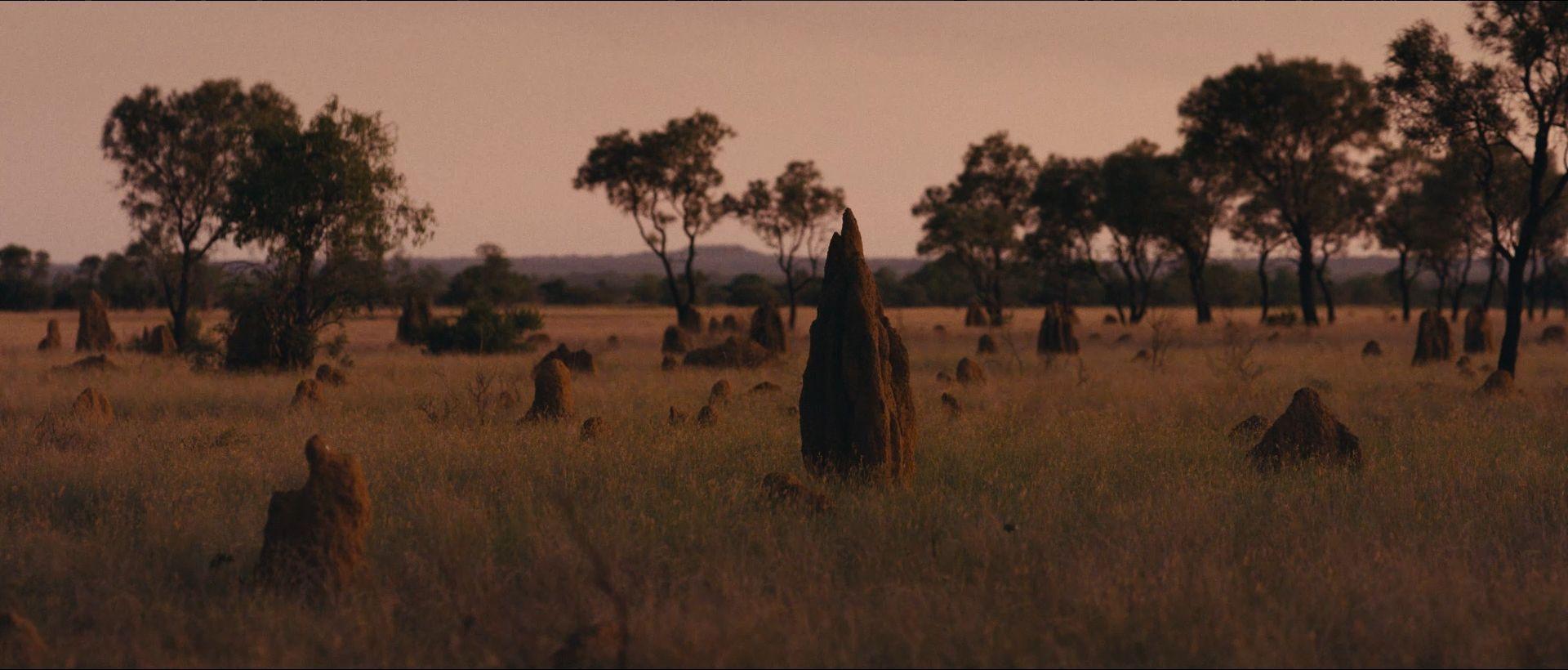
This film is about knowing Country, creating memories with Country, and maintaining Country for the next generation.
"I want people to understand that every moment you are alive, every memory you hold is with Country. Every experience happens with place. It doesn’t matter if it’s a wild forest or covered in cement. Sometimes it’s a place that you or your family have known for a long time, or a place you have only met a few times before, sometimes a place is completely new to you. The more you live with that place, the more you learn from that place, the better decisions you can make for that place.”—Marlikka Perdrisat
Things to think about after watching the film
1. Where do you feel closest to Country?
2. What have you learnt from a parent or grandparent about the Country they grew up with?
3. What makes the Country you live with special? Consider the unique water ways, plants, and animals.
4. How can you care for your Country?
Take a look at Marlikka's previous work, her short film Jadiny, which featured all the way back in issue 4 of Wilderness Journal.
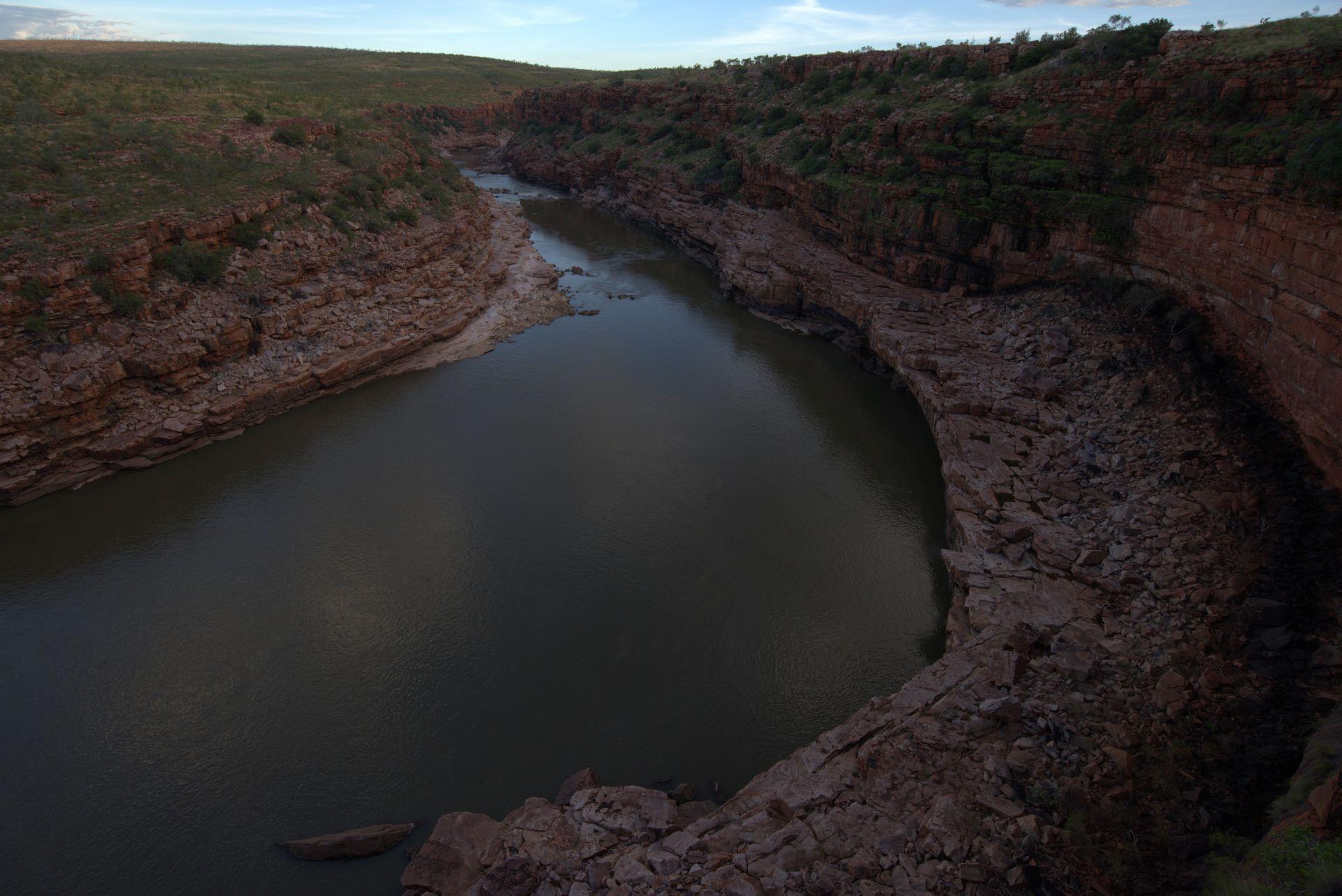
Interview of ecologist Ian Bool and introduction by Marlikka Perdrisat; photography by Ian Bool. Above: Banjay, Andijan Country.
The Martuwarra Fitzroy River Council hosted an on-Country think tank with a considered group of young leaders, artists, and scientists. Rafting down 200 kilometres, following the natural path through the landscape, observing, and connecting physically and spiritually with Martuwarra. Martuwarra, an ancestral being, living water, the foundation for all life in the Catchment, responsible for the relationships with between each person, plant, animal, element, and spiritual beings.
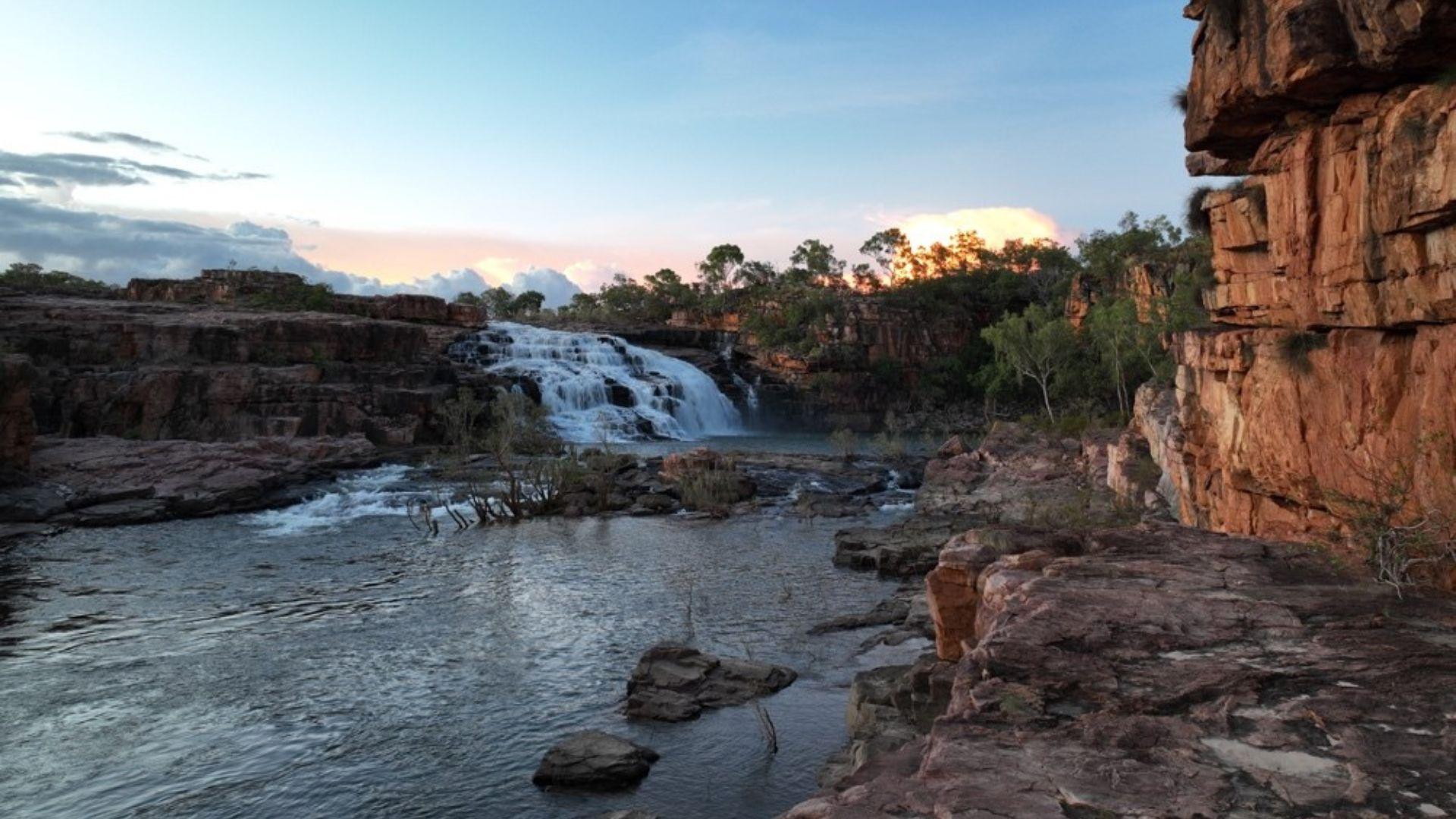
In January, Martuwarra experienced a catastrophic flood, a result of climate change. The think tank observed the impacts of flood events on wildlife and ecosystems, with some effects of the flood being immediately obvious, large areas of the river have been completely transformed. Massive boulders shifted, entire gorges denuded of vegetation, swathes of riparian gallery forests damaged or stripped away, the river having shifted paths with new channels formed in some areas. While rivers naturally change paths through many floods across deep time, it is startling to see such dramatic change in a single wet season.
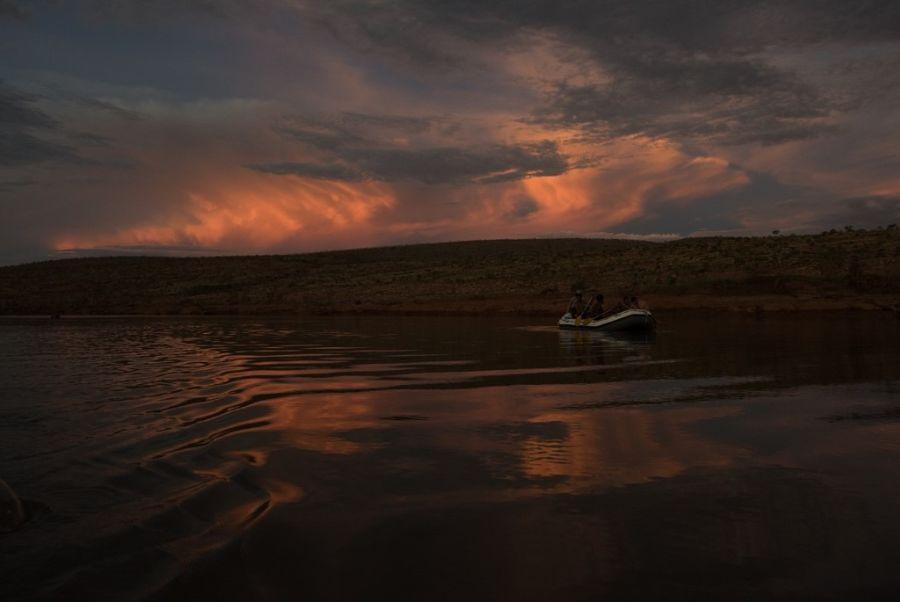
Although much of the flora and fauna of the Kimberley is resilient, having evolved in one of the harshest ecosystems on earth, much of the damage, particularly to riparian vegetation may take decades to recover. This is particularly worrisome for some wildlife that is dependent on these habitats, keystone ecosystem engineers like the Black and Little Red Flying foxes which utilises these forests for feeding and roosting, as well as species such as the Purple-crowned Fairy Wren, already under threat of habitat degradation from intense pastoralism in the region.
Ecologist and photographer Ian Bool has been working as a field ecologist across Australia conducting wildlife surveys for research, land management and conservation, including deep in the Kimberley wilderness.
“I think the thing that sticks with me most was sitting atop a truly epic colosseum like the bend in Banjay (Andijan)—a place that really gets into your being and has kept drawing me back to live and work in the region. After the flooding event at Mornington station, where I had been calling home during my time in the Kimberley, was destroyed and we were suddenly evacuated—I expected not to visit or spend quality time in that part of the country again for a long, long while—so it was really special for me to soak in the ambiance of that landscape again, looking down on the river, with the mighty Martuwarra, glowing orange sandstone walls and the scent of spinifex in the air—in one of the wildest and most beautiful places on earth. A place that made me fall in love with the Kimberley.”
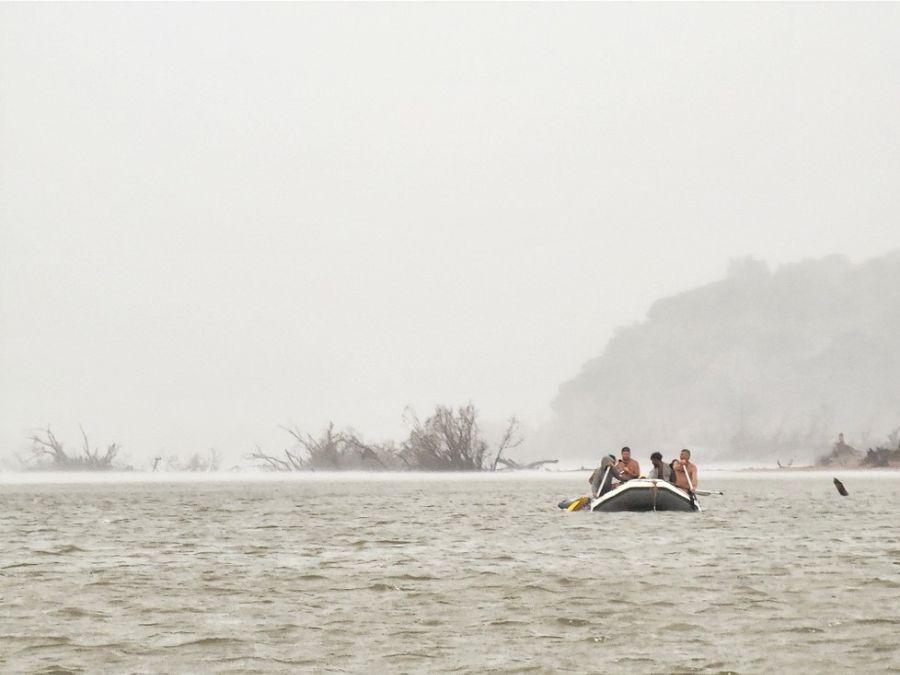
“You really feel like you’re at the epicentre of the landscape when you’re on a river like that. Wildlife is easier to see and connect with, rather than fleeting glimpses from the window of a car, or as an animal flees from you when on foot—many animals are less threatened by your presence when silently traveling along the river, giving an great opportunities to closely observe the plethora of aquatic life, birds and mammals that call the riverine forests, gorges and wetlands home—allowing you to really take in their beauty, and the grandeur of the landscape in which they are found.
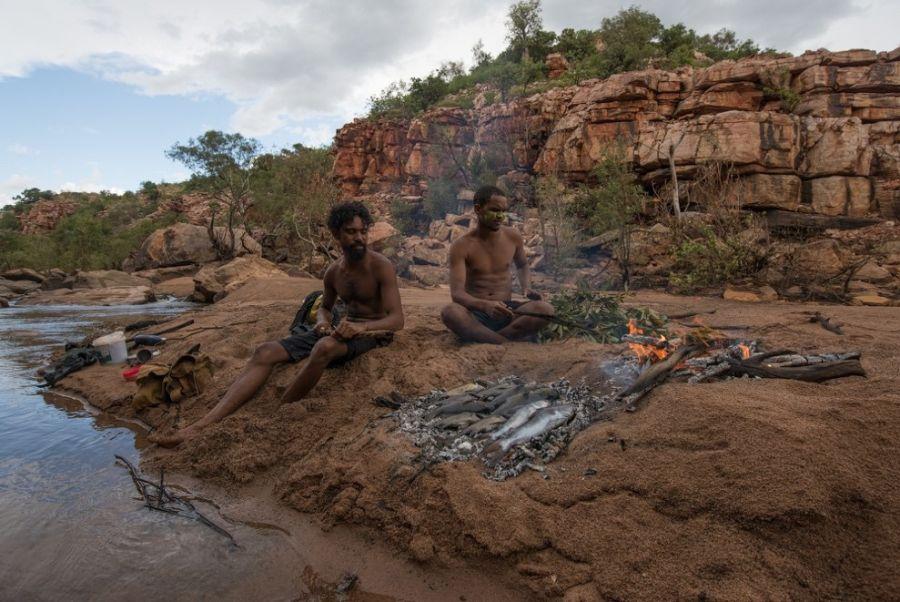
“There is magic in making memories and sharing the awe and wonder of these remote areas together.”
We recognise First Nations as the custodians of land and water across the continent of Australia and pay our respects to Elders past and present. We acknowledge sovereignty was never ceded.
Published 1 August 2023